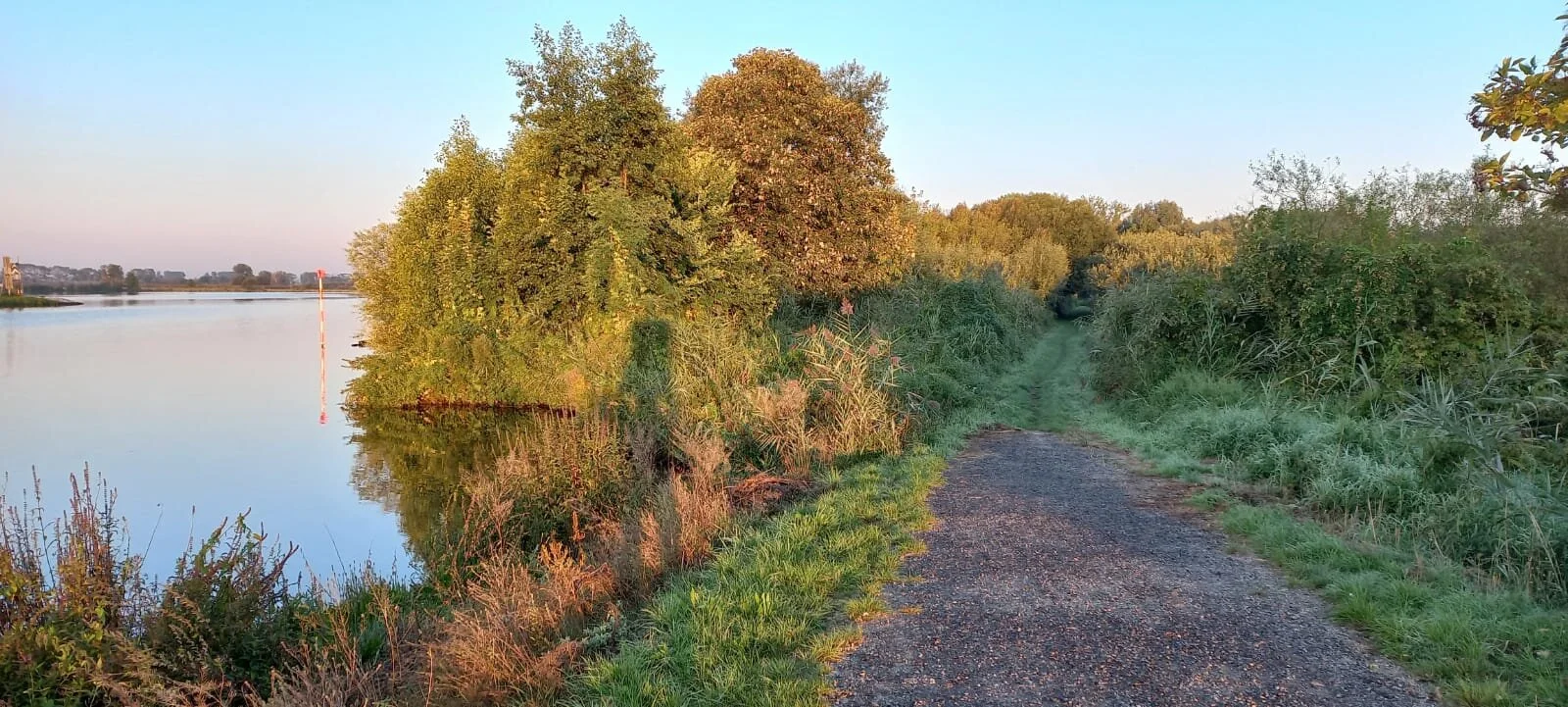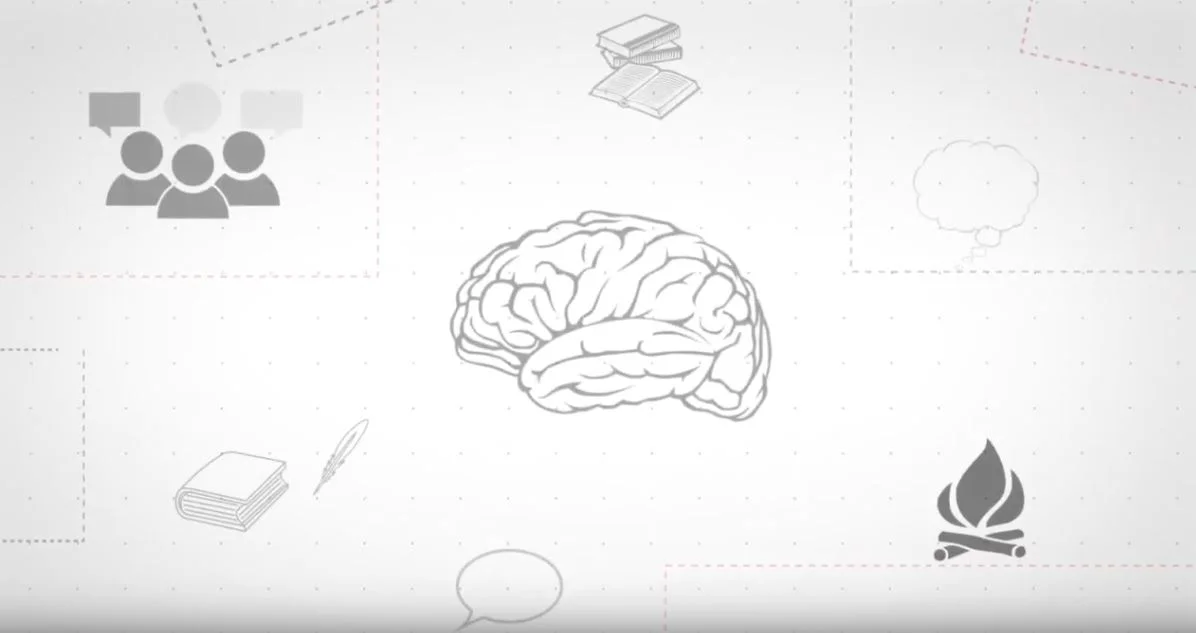Researcher, Lecturer, Consultant
Developing the future stories of companies – open and closed storyworlds
Convincing future stories of companies and organizations (Where will we go? What will we do? What will be our place in the world?) are crucial for the value of companies in (stock) markets, as the sociologist Jens Beckert showed in his book “Imagined Futures”. But future stories are as well important to give employees and executives of company a deep understanding of the meaning of there everyday work: What is the goal of our company? And what is my contribution to this goal? Where am I situated in the common story of our organisation?
Future stories of companies can be situated either in an open or a closed storyworld. To explain what open and closed storyworlds are let’s take a sidestep into screenwriting. In his screenwriting guide “First save the cat” Blake Snyder identifies 10 types of stories told in movies. One of these he calls “Monster in the House”: The main character of these stories is locked in a closed setting with monster he has to fight. An example for this story type is Ridley Scott’s film “Alien” (1979): Ellen Ripley (Sigourney Weaver) is fighting a murderous alien in a spaceship; she will only survive if she can kill the monster. Closed stories like “Monster in the House” are based on fear. Companies often tell there future stories in such a closed setting: The globalization, the digitalization, an economic crisis can be the monsters in the house, and the survival of the company will depend on how they deal with these monsters.
Future stories of that type can motivate by fear, but only on short term; they lack a perspective for the time after the monster is killed. They are focused completely on the monster and don’t have a compelling vision. An example of an open storyworld setting can be, according to Blake Snyders types of stories, the “Golden Fleece”: Jason ant the Argonauts in Greek mythology have the vision to find a treasure, the golden fleece. This story is situated in an open storyworld: During the Quest for the treasure a lot of things can happen, and maybe the Argonauts learn on their way, that they have to change their vision and seek another treasure. Future stories in an open setting include spontaneity, adaptation on the needs of new situations, change and re-authoring of the goal and the outcome of the story while telling it.
Based on this difference between open and closed storyworlds in the workshop we will discuss the building of successful future stories, look into examples, and see how we can develop future stories beginning with the stories of the past and the present.
Workshop Host


























